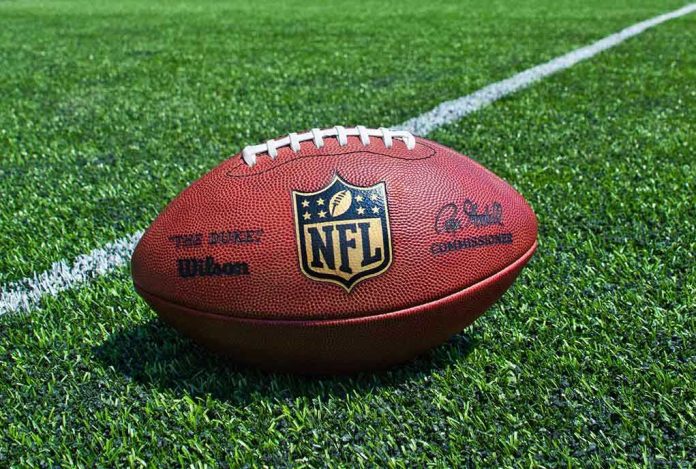
One early morning, a former NFL star’s final moments in police custody have thrown a harsh spotlight on the tangled intersection of law enforcement, mental health, and the lasting toll of professional athletics—leaving more questions than answers about how a life so public could end this privately, and so abruptly.
Story Overview
- Doug Martin, ex-NFL running back, died after a struggle with Oakland police during a dual emergency call.
- The cause of death remains unconfirmed as multiple agencies investigate police conduct and health factors.
- The case reignites debate over policing practices in mental health crises and athlete well-being after retirement.
- Martin’s high-profile status and the unresolved details draw national scrutiny and calls for reform.
Doug Martin’s Final Hours: What Happened Inside That Oakland Home?
Police responded to a predawn call on Ettrick Street in Oakland—half break-in, half medical emergency. Inside, they found Doug Martin, age 36, once a two-time Pro Bowler and All-Pro, now the subject of a tense, rapid escalation. Officers attempted to detain him; Martin, by all accounts, resisted briefly. Within minutes, he became unresponsive. Paramedics rushed him to a hospital, but by day’s end, both police and family confirmed his death—leaving a community stunned and a family grieving in public silence.
The timeline is chillingly precise: 4:15 a.m. police arrival, struggle, sudden collapse, and a fatal outcome. Yet the true cause—medical, physical, or a catastrophic mix—remains unconfirmed, pending an autopsy and toxicology results. The official story, for now, is a patchwork of agency statements and family appeals for privacy. The uncertainty only amplifies the public’s hunger for clarity and justice.
The Dual Crisis No Officer Wants: Policing, Mental Health, and Athlete Afterlife
Martin’s death did not unfold in a vacuum. His family has spoken openly of his recent mental health struggles, a detail that reframes the incident away from simple criminality and toward an all-too-familiar American tragedy. Oakland, already seasoned by years of high-profile police-involved deaths and community tension, finds itself again at the epicenter of a national debate. This time, the subject is not just police procedures, but the invisible wounds of those who once lived under the stadium lights.
For law enforcement, the event exposes the razor’s edge they walk when responding to calls that blur the line between crime and crisis. Experts point to the acute need for advanced crisis intervention training and clearer protocols for dual medical-criminal emergencies—especially when the person in crisis is a known public figure, and every misstep will be scrutinized on a national stage.
Layers of Accountability: Investigations and the Search for Truth
In the wake of Martin’s death, the response has been swift and multi-pronged. The Oakland Police Department placed the involved officers on paid administrative leave. The Alameda County District Attorney’s Office leads a criminal investigation, while the Oakland City Police Commission and Community Police Review Agency pursue their own oversight reviews. The process promises transparency, but as history shows, independent investigations can take months and rarely satisfy every demand for accountability.
Family and friends, meanwhile, are left in limbo. Their statements have been measured—requesting privacy, affirming the unconfirmed cause of death, and quietly emphasizing Martin’s mental health journey. For the broader community, especially those wary of law enforcement, the case reignites longstanding calls for reform and for a new paradigm in handling mental health emergencies—one that doesn’t end with another name added to a tragic list.
The Larger Toll: Athlete Mental Health, Policing, and the Community Reckoning
Doug Martin’s story doesn’t simply end at the hospital or in the coroner’s office. It reverberates across the NFL, among retired athletes, and through every American city wrestling with how to respond when a medical crisis looks like a crime until it’s too late. Sports psychologists and advocates highlight the enduring mental health risks for athletes post-retirement, compounded by public expectations and the abrupt loss of structure and identity. Martin’s case, because of his fame, may finally force a broader conversation about what support systems must exist—for both those in crisis and those called to respond.
For Oakland, the episode is both uniquely personal and painfully familiar. It’s a test of the city’s commitment to police reform, mental health awareness, and the balance between transparency and compassion. The final chapter of Doug Martin’s life may be unwritten, but the questions it raises—about justice, prevention, and the hidden struggles behind public success—will not be easily or quickly put to rest.















